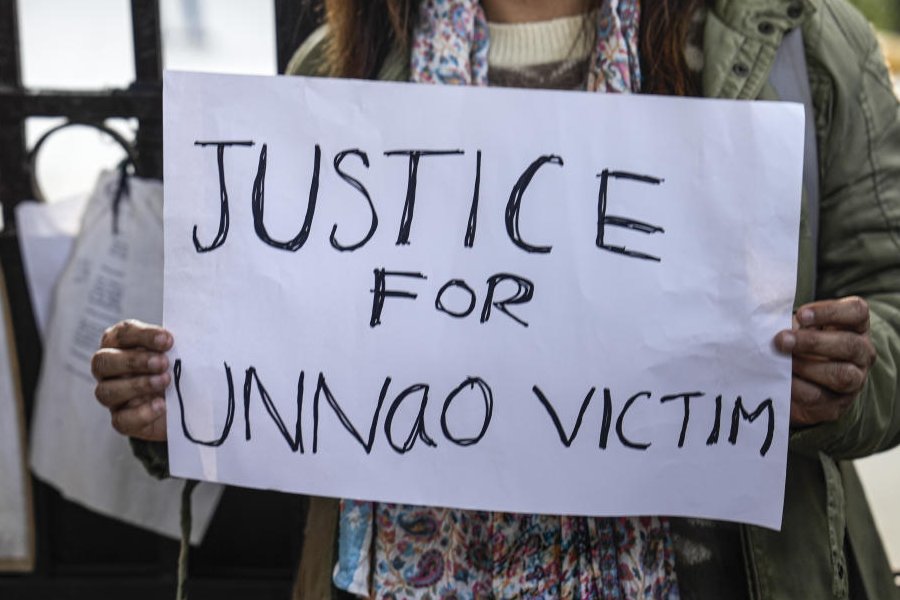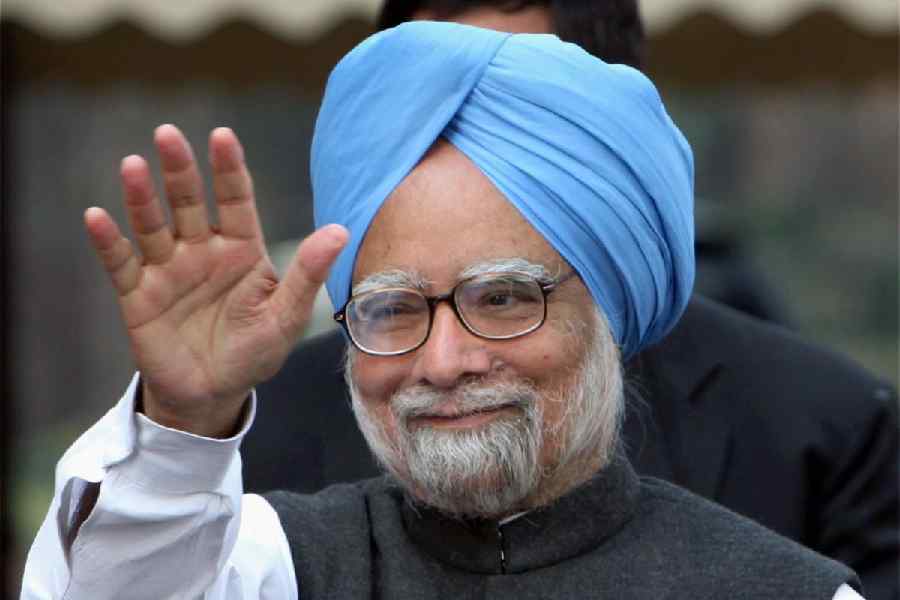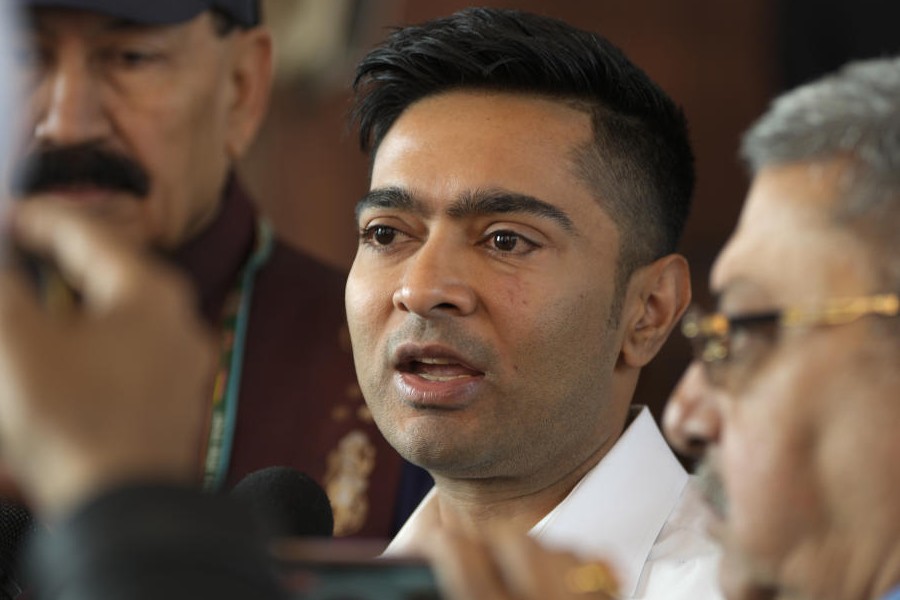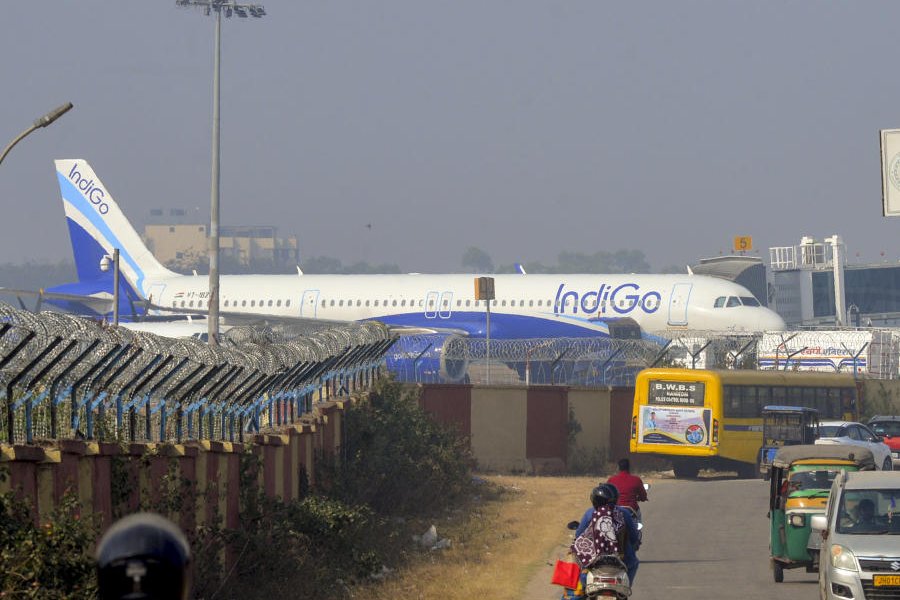 |
First the bad news: the number of HIV-positive persons in the state registered a 30 per cent increase between January and April this year as compared to that in the corresponding period in 2011. The good part is the detection is high because more people are coming for screening.
According to official figures, 3,407 HIV-positive people have been identified in the first four months this year as against 2,429 persons between January and April last year.
The number of HIV-affected persons in the state has crossed 45,000.
Eight districts — Sitamarhi, East Champaran, Kishanganj, Madhubani, Khagaria, Purnea, West Champaran and Muzaffarpur — from where a large chunk of people migrate for work have been reporting the highest prevalence of the disease. Most of these districts also share borders with Nepal.
While the figures have alarmed health experts in the state, senior officers in Bihar AIDS Control Society (BSACS) attributed the increased detection to improved functioning of integrated counselling and treatment centres. “The number of total HIV positive persons detected in the state is around 45,000, while the total number of such cases in the state is around 1.25 lakh according to the National AIDS Control Organisation (Naco) estimates. There has been an increase in detected cases in the past year because we have been able to draw more people to integrated counselling and treatment centres,” said Sanjeev Kumar Sinha, project director, BSACS.
Figures support what Sinha says. While 1,00,844 people were screened for HIV between January and April last year, the number almost doubled to 1,97,185 in the corresponding period this year.
For example, Chhapra has reported high detection of HIV-positive cases in the past three months — 26 in April, 45 in May and 14 cases till June 19. The alarming trend can be linked to the fact that every month around 50 persons approach the voluntary counselling and test centre run by AIDS Control Society.
Sharing his plight, Sanjay (name changed), a HIV-positive person from Marhaurra in the district, said: “I went to Mumbai to work and stayed there for a long time. I indulged in risky behaviour on three or four occasions and got infected with the disease. Unknowingly, I passed on the infection to my wife.”
Another HIV-positive person, Sashi Rai (name changed), a truck driver from Revelganj in the district, said: “During my highway tours, we take food and rest at dhabas. Other drivers cajoled me to indulge in risky behaviour a few times. I was unaware of the outcome. I only wish that others do not get infected like this.”
Dr Ghanshyam Singh, the in-charge of the anti-viral retro treatment centre at Chhapra Sadar Hospital, run by the Bihar AIDS Control Society, told The Telegraph: “Ninety-nine per cent cases happen because of unsafe sex. People lack awareness about HIV and when infected, repent. I have detected only one HIV-positive case, which was caused by transfusion of infected blood.”
According to Naco guidelines, the entire population needs to be tested for the deadly infection, which officials say is a Herculean task.
“Last year, our target was to screen 8.5 lakh persons. We covered 55 per cent of the target despite limitations such as lack of resources and manpower. Hence, not even one per cent of the population has yet been covered. But it is much more than what we used to do earlier. Lack of awareness and motivation are the main reasons behind people not coming forward to undergo the test,” Sinha added.
The society is now in the process of starting HIV screening at government hospitals with blood tests to ensure better reach. The scheme has even started in some of the districts.
The organisation, however, lacks sufficient number of test kits to start the screening more comprehensively. “We have requested the Centre for the kits. If we do not get its help, we will seek the state government’s support to start the initiative,” the project director added.
The society also claims to have improved the functioning of 207 integrated counselling and treatment centres in the state in the past year.











